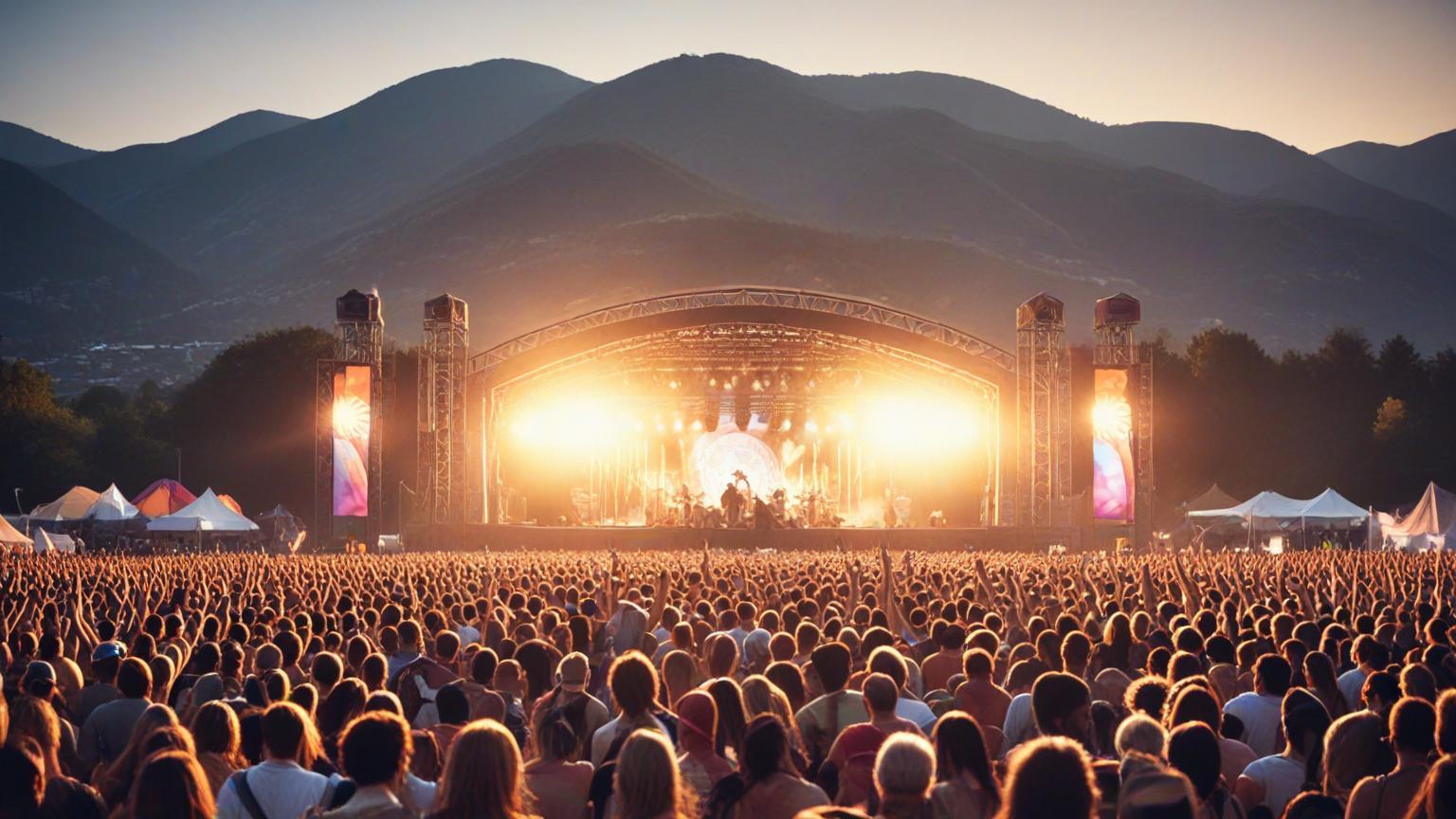In the kaleidoscopic world of music, fan engagement is morphing into a dynamic powerhouse that not only fosters community but also influences the creative trajectories of artists and the industry as a whole. Beyond the mainstream events headlined by well-established artists and backed by major sponsors, a curious trend has emerged—the advent of fan-made music festivals.
While international mega-festivals like Coachella and Glastonbury dominate headlines with their lavish setups and star-studded lineups, a grassroots movement is sprouting across multiple locations—crafted by the fans, for the fans. These festivals are uplifting the voices from our backyards, nurturing up-and-coming talent, and creating immersive experiences that spotlight the fans as both the orchestrators and the audience.
The inception of fan-driven festivals provides an exclusive platform where local talent can hit the stage without the constraints typically faced in the traditional music scene. Not limited to genre or constrained by red-tape and contractual bindings, these festivals celebrate creativity in its purest form. From makeshift stages to community-backed open mics, there's a rawness here that's both refreshing and inspiring.
At the heart of these unconventional gatherings often lies a burning passion shared among a core group of fans. Just as zines revolutionized the punk scene in the '70s and '80s, these fan-driven festivals are cultivating a similar culture of inclusivity and collaboration. They flourish on social media, where like-minded individuals unite, driven by a shared purpose and an unyielding dedication to authentic expression.
One standout illustration of this trend is the rise of city-specific festivals that breathe life into the underground music culture. Take, for instance, events like "Busk Hollywood“ or the "Lo-Fi Chillout Fest." These aren’t just local gatherings—they’re celebrations of community. The energy is palpable, with local artists thriving in environments where creativity has no bounds, and artistry is as much about participation as it is about spectating.
Moreover, these festivals are making noticeable impacts on the broader musical landscape by fostering grass-roots movements that challenge the commercial norms. With more freedom to innovate, artists can push the boundaries of music, incorporating eclectic influences and forging original pathways. Attendees get the chance to witness unpolished versions of something potentially great, like attending the rehearsal before the big show.
Social media platforms serve as catalysts for these movements, bridging the gap between different fanbases and enabling collab-centric approaches. DIY music festivals rely significantly on digital communities where organizing remotely has become as integral as the music itself. Building a festival from scratch means crafting a narrative, and thanks to social media, sharing that tale is more accessible than ever.
Naturally, such a raw, community-based approach to festival organization does come with its set of challenges. Budget constraints require ingenuity and resourcefulness. Organizers often face dilemmas, choosing between desire and feasibility when arranging sound systems, lighting, venues, and artist accommodations. However, the sense of accomplishment, coupled with the pure-hearted contributions of all involved, often outweighs these complications.
Even established artists are beginning to take cues from these fan-organized events, often making pop-up appearances or taking on curatorial roles. This feedback loop is a testament to the undeniable influence grassroots projects are wielding, shaping what mainstream entertainment might aspire to achieve. As artists connect with audiences on these intimate grounds, a reciprocal appreciation and loyalty develop, strengthening the bond between creator and fan.
To many, the emergence of fan-driven music festivals signals a renaissance akin to the DIY music videos that took off a decade ago. The movement spells a wider democratization of the music ecosystem, narrowing the gap between artist and fan through shared spaces, visionary platforms, and inventive collaborations that defy traditional hierarchies.
Ultimately, these festivals resonate deeply with a simple yet profound idea: that music isn't just to be consumed passively. It's meant to be experienced and shared, evolving constantly through collective energy. As we venture deeper into this decade, it’s exhilarating to witness how such experiments in fan engagement and musical celebration will redefine the norms and expand the horizons of what the phrase 'music festival' can embody.
Inside the Evolution of Fan-Made Music Festivals and Their Impact

